When Prof Toh laid out his vision for the future of the automobile to an auditorium packed with fellow professors and students, he also challenged the audience to brace themselves for some of the wide-sweeping changes which would reshape society.
Prof Toh, who currently lectures on Digital Design and Programming at SIT, was delivering his presentation as part of a series of talks on engineering and its transformative power at the fifth National Engineers Day (NED). Held at NUS University Town on 18 and 19 July, the event comprised seminars on an array of issues ranging from aerospace to additive manufacturing to entrepreneurship.
In his presentation titled ‘Future Cars – Impact of Telematics & Intelligent Transportation System (ITS) Technologies’, Prof Toh, who will head a new SIT degree programme later this year, highlighted some of the key technologies in the car of the future.
The future car would possess the capability to ‘talk’ and communicate with other cars using wireless communication. Prof Toh went on to cite the examples of such automobiles, including a futuristic ambulance which would be capable of transmitting alarms to other vehicles via wireless signals instead of conventional sirens when clearing traffic.
The automobile of the future would also be equipped with a ‘Collision Avoidance System’ with automatic braking features to minimise potential collision impact. In addition, the future car would be able to self-park. Vehicle manufacturer Nissan, the professor revealed, is already planning to roll out such cars by 2016.
Car design and function would further push boundaries as the gap between imagination and reality narrows. Vehicles in the future, for instance, would be able to take flight, said Prof Toh, who cited the example of Volkswagen’s levitating car which is currently in development. They would also be able to ‘self-drive’ as cars and roads make the final transition to becoming ‘intelligent’.
Ultimately, the best way to predict the future was to create the future, argued Prof Toh. His conviction was aptly encapsulated in his own words: “The future is what we have imagined.”
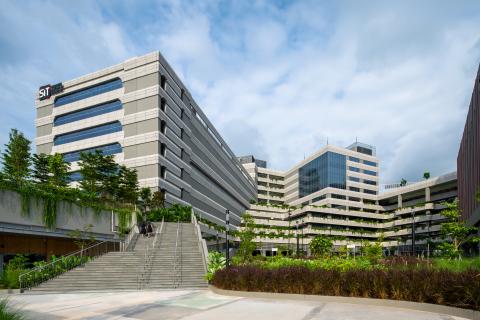
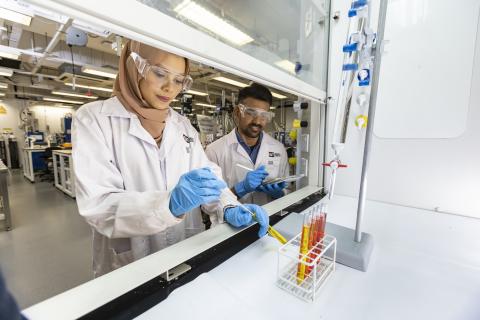




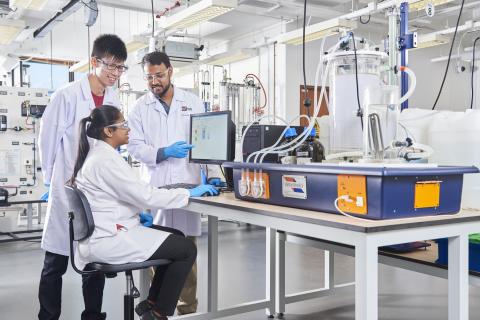
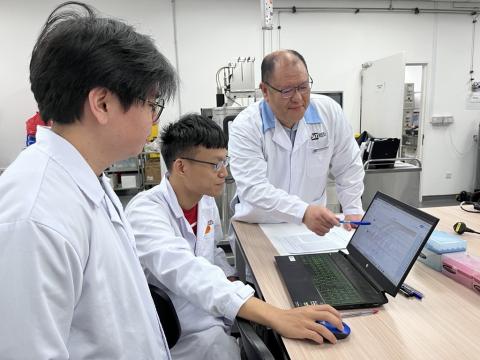
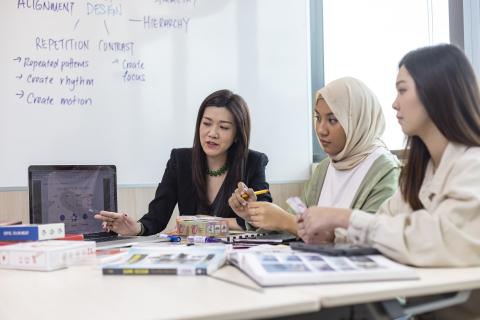


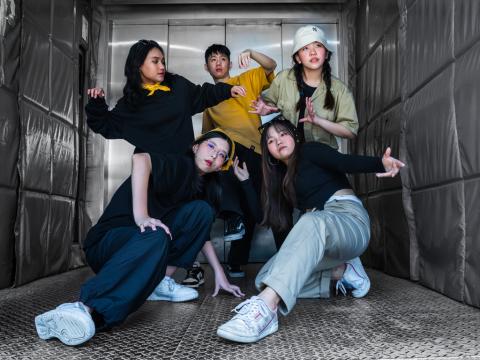



![[FA] SIT One SITizen Alumni Initiative_Web banner_1244px x 688px.jpg](/sites/default/files/2024-12/%5BFA%5D%20%20SIT%20One%20SITizen%20Alumni%20Initiative_Web%20banner_1244px%20x%20688px.jpg)



